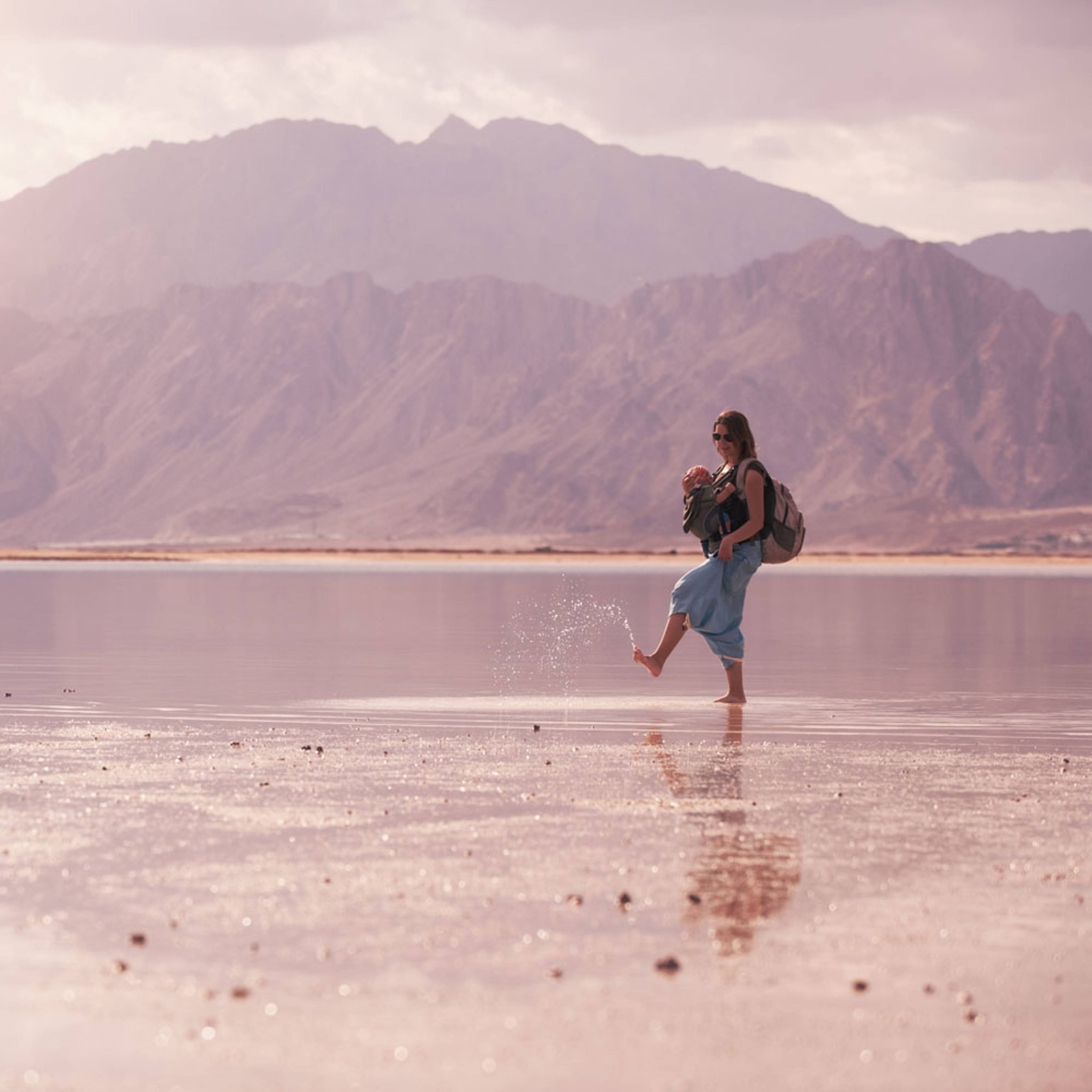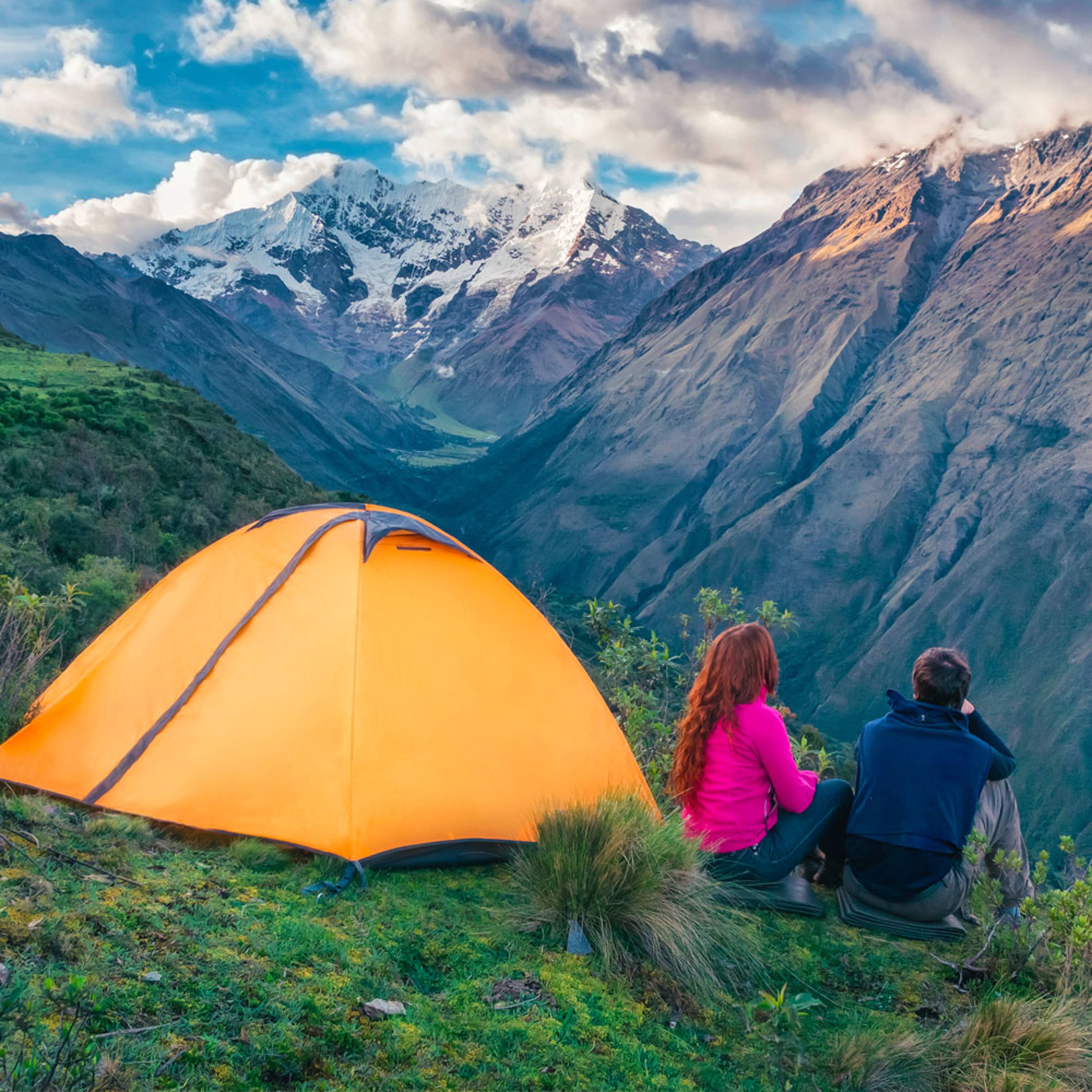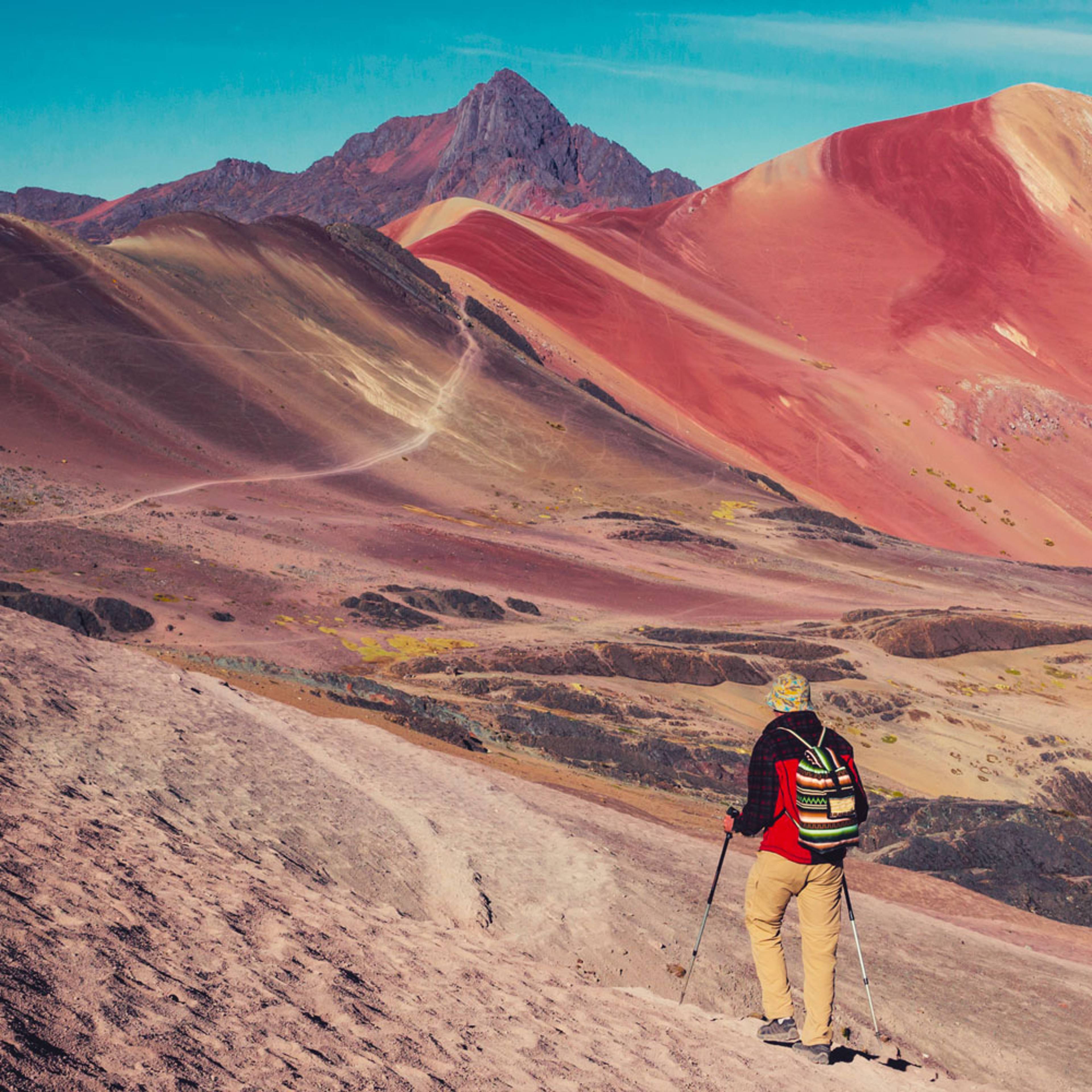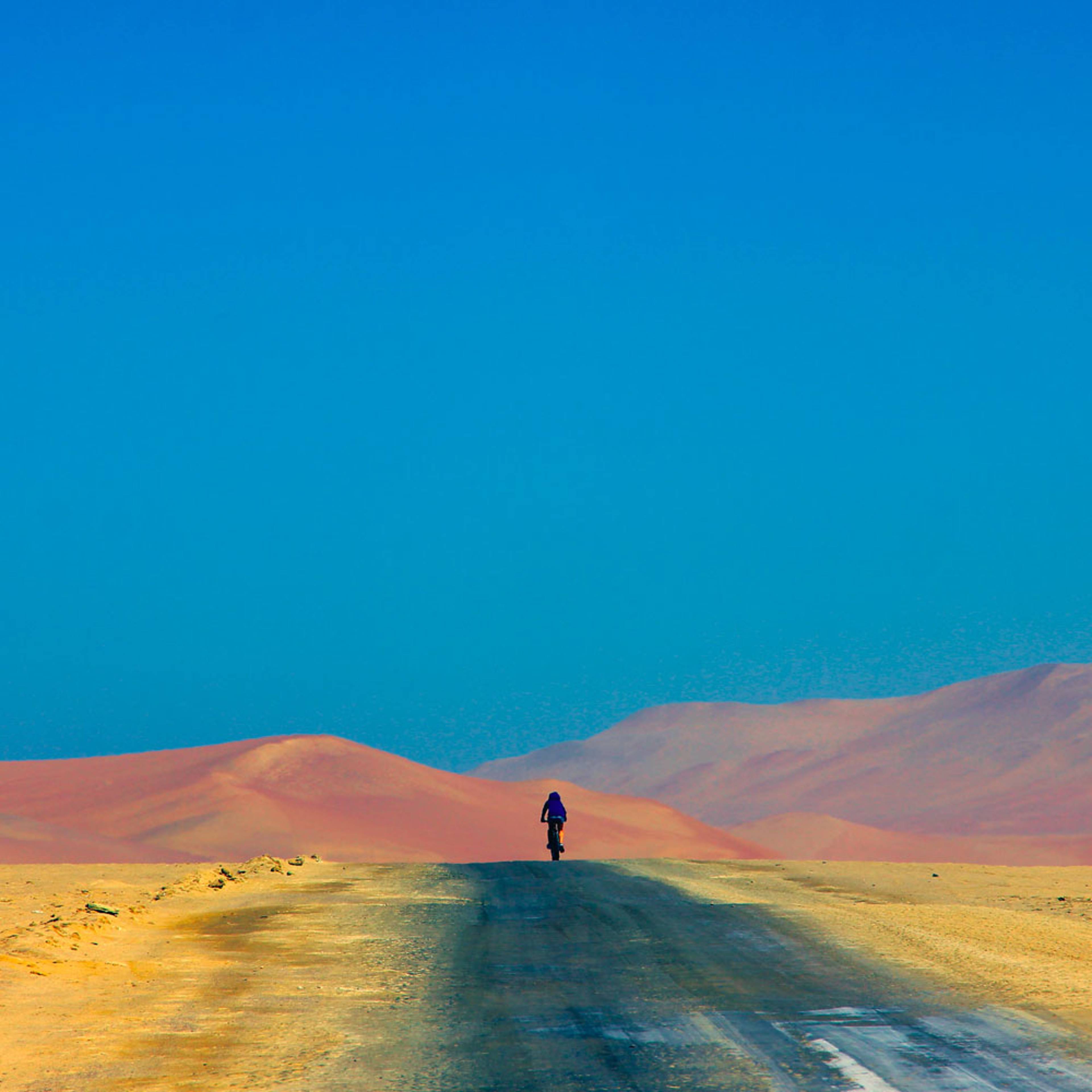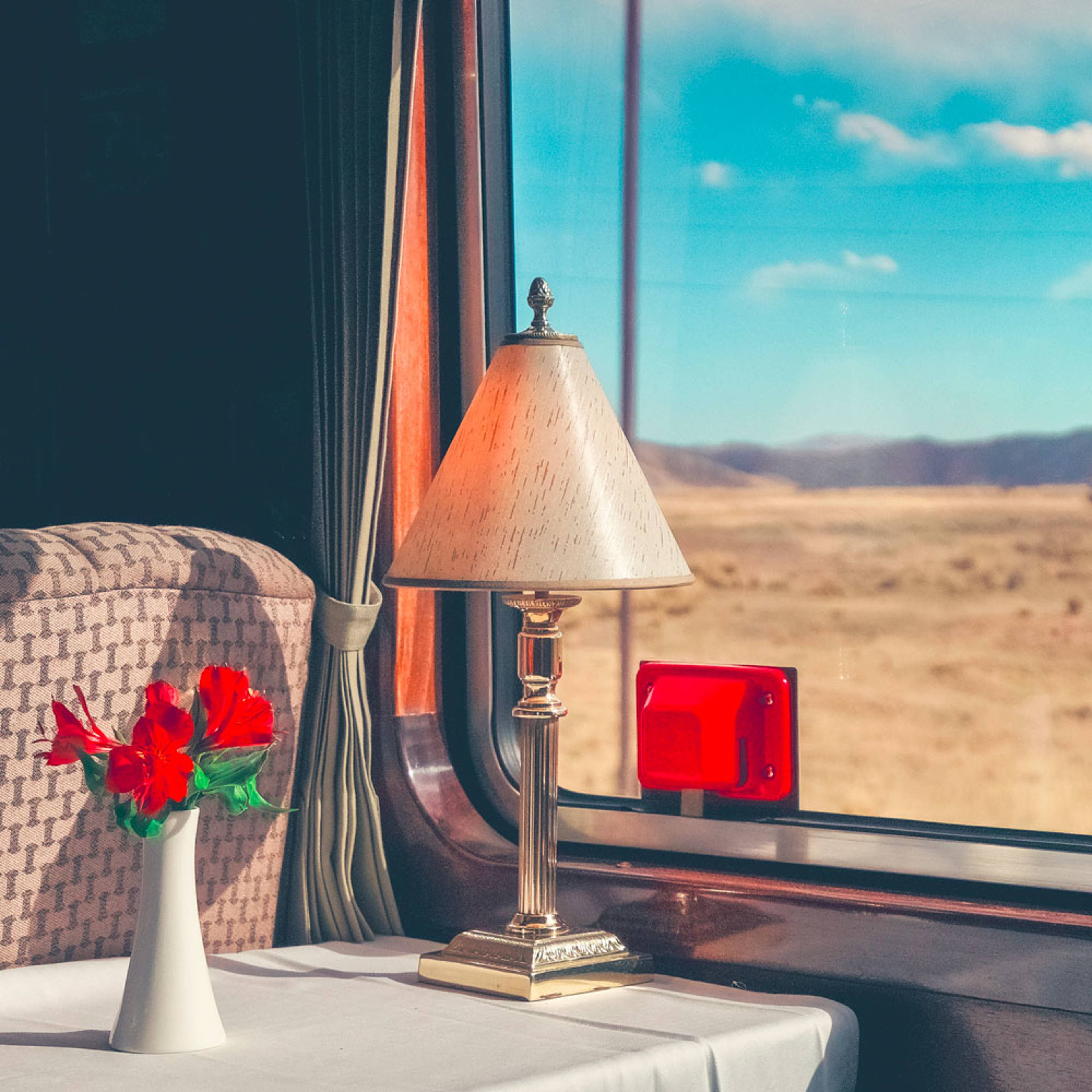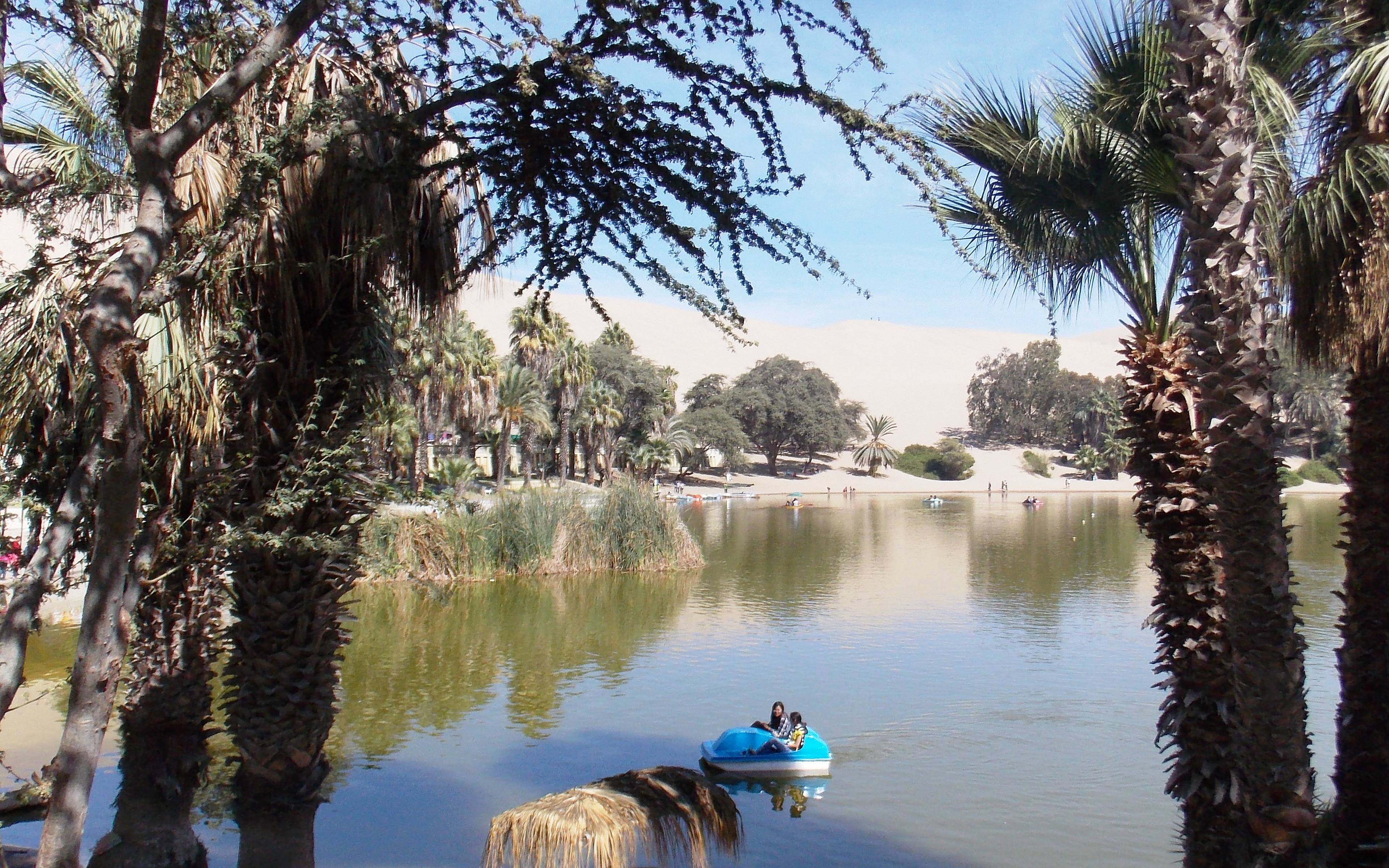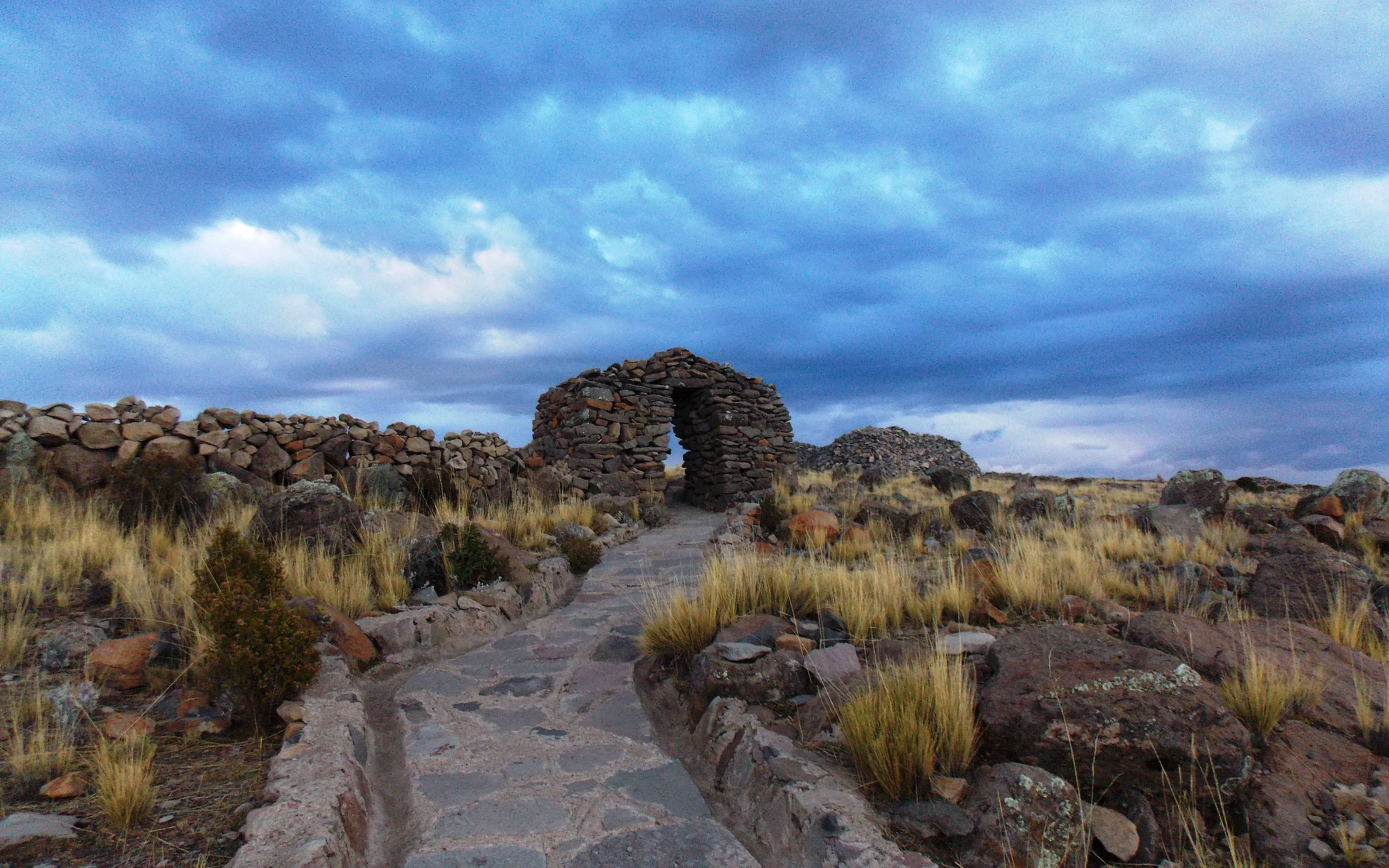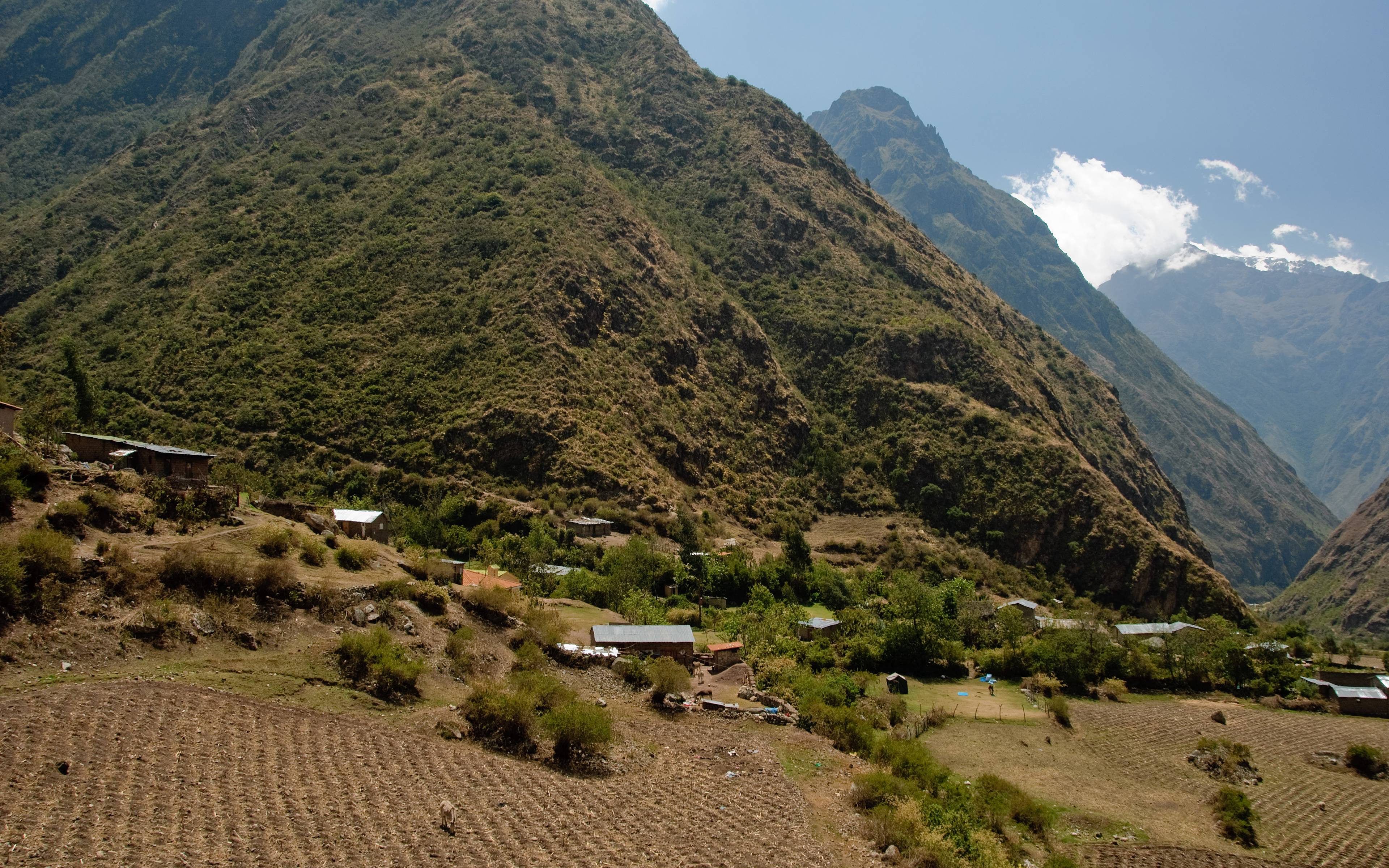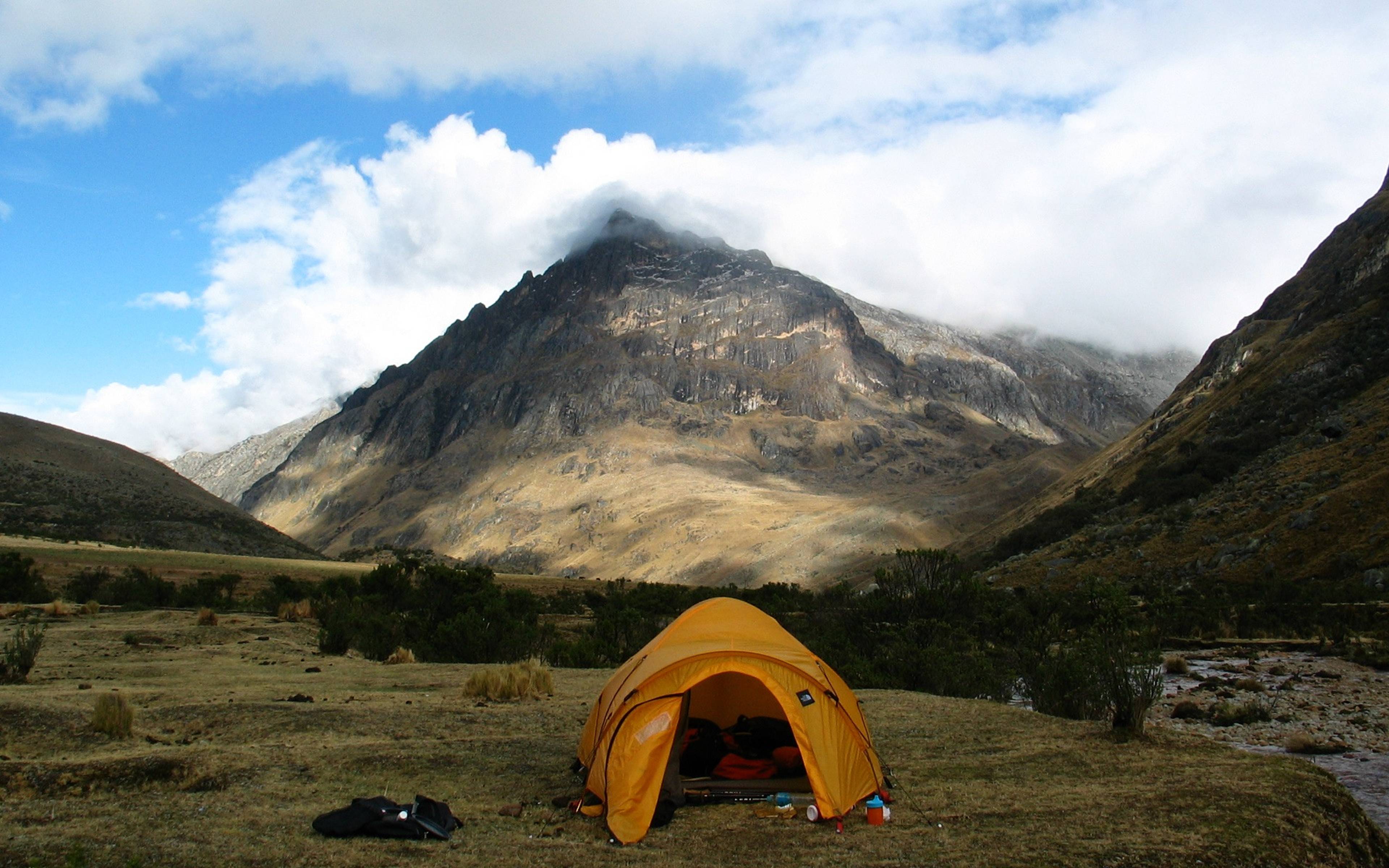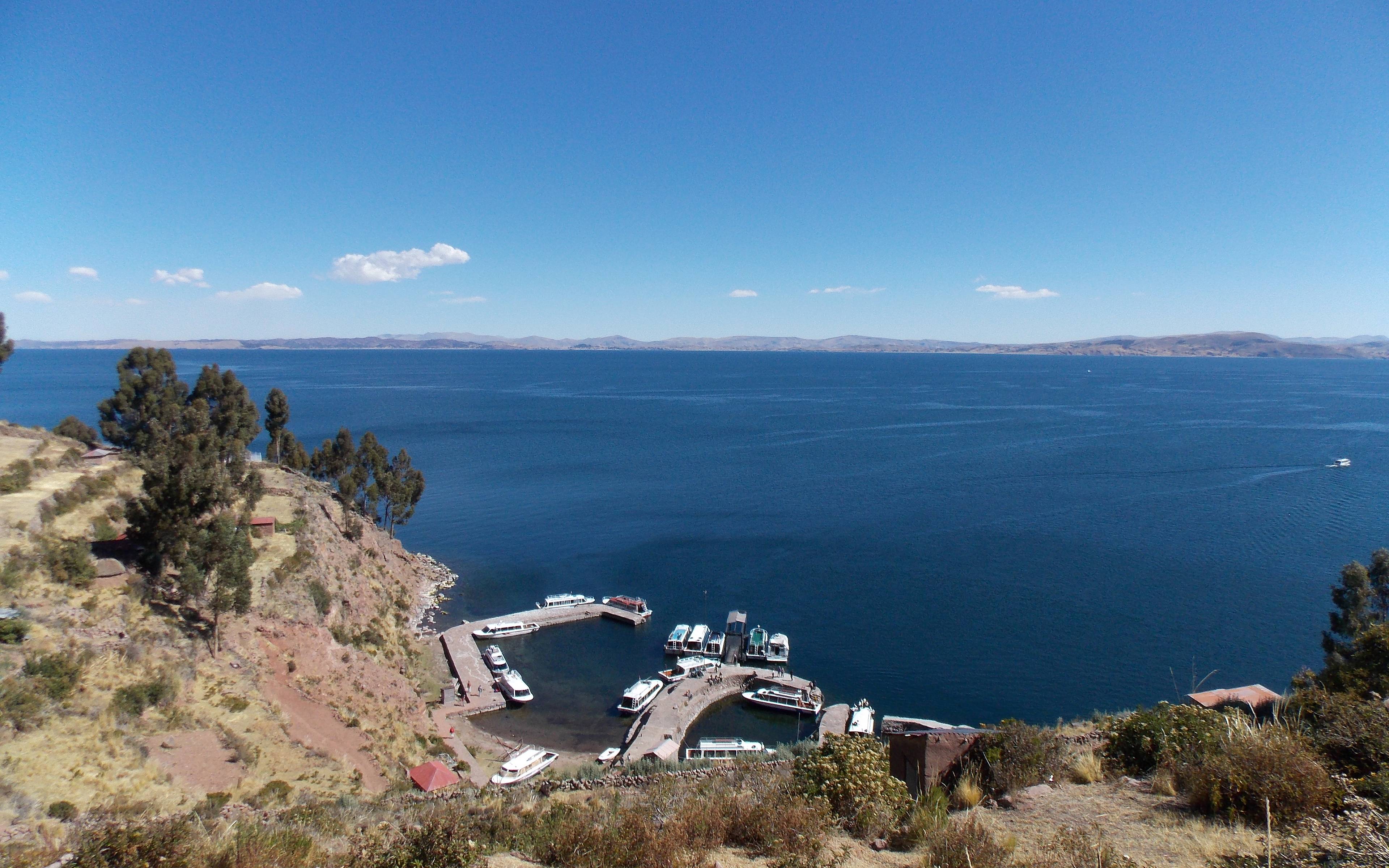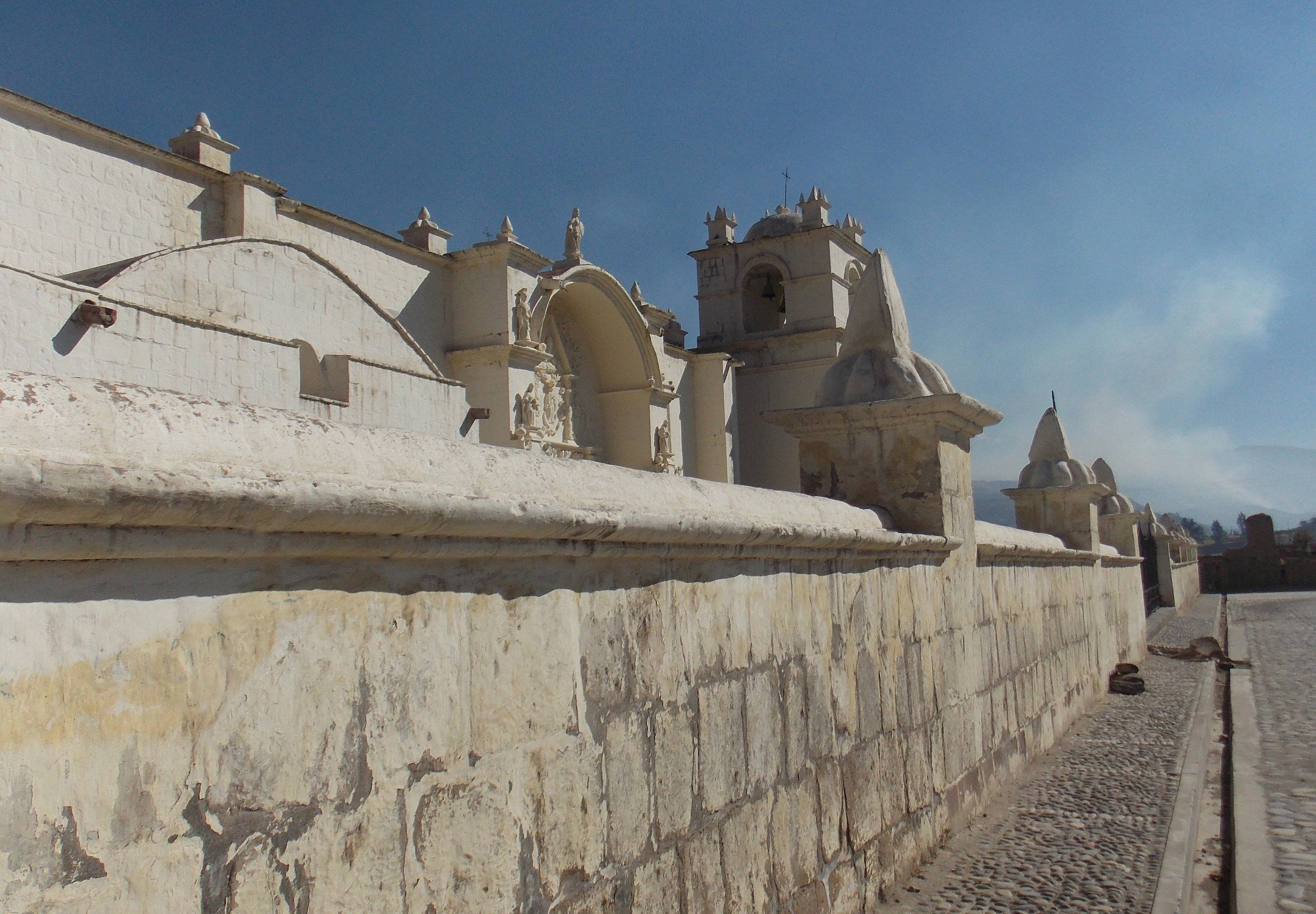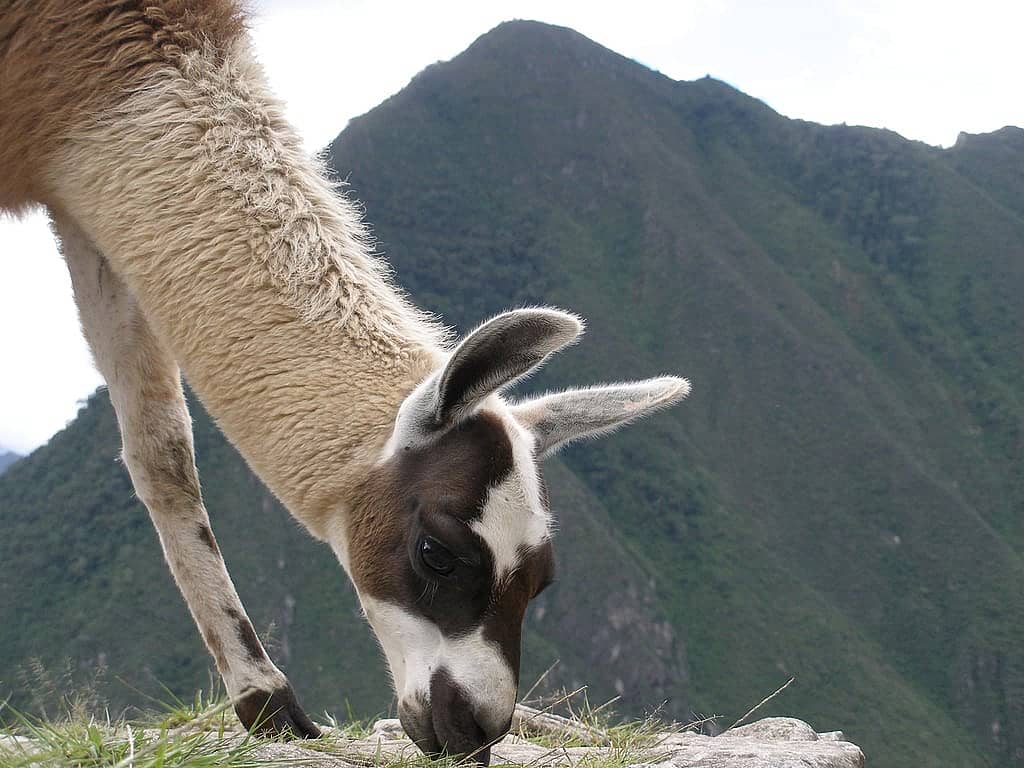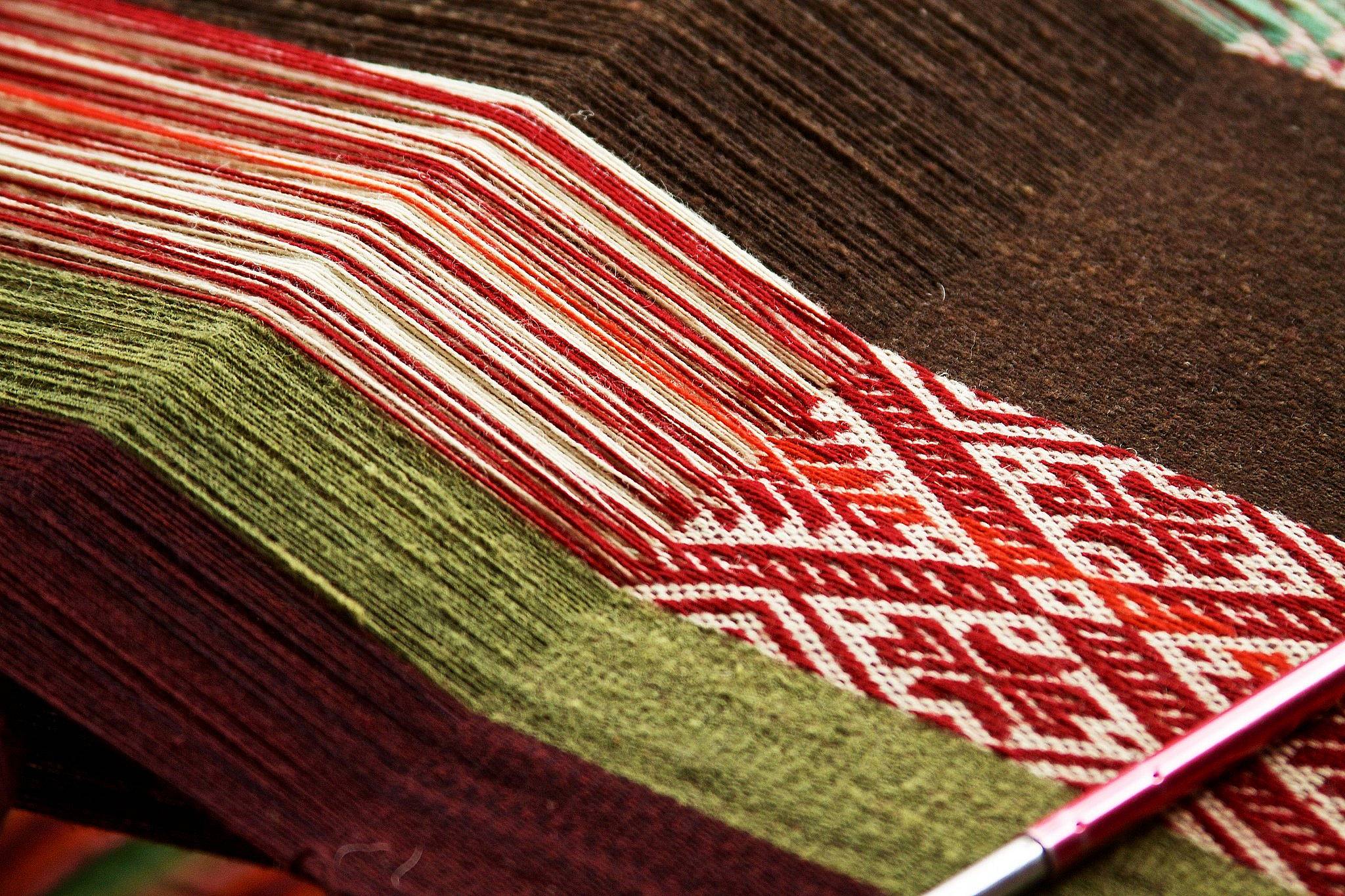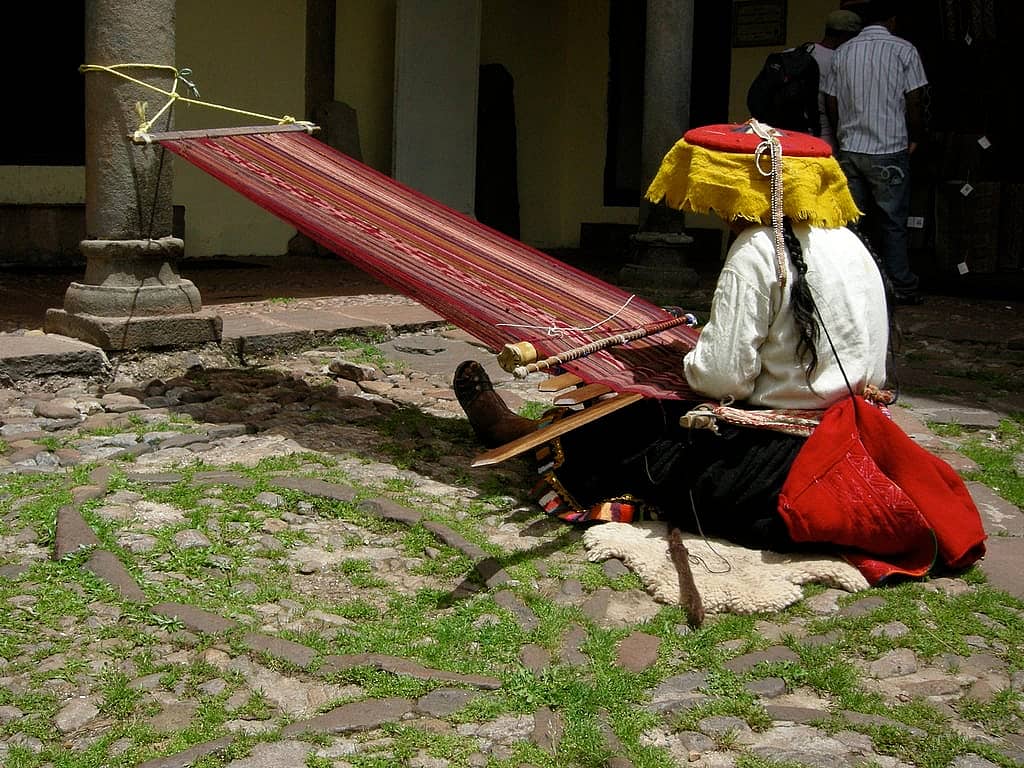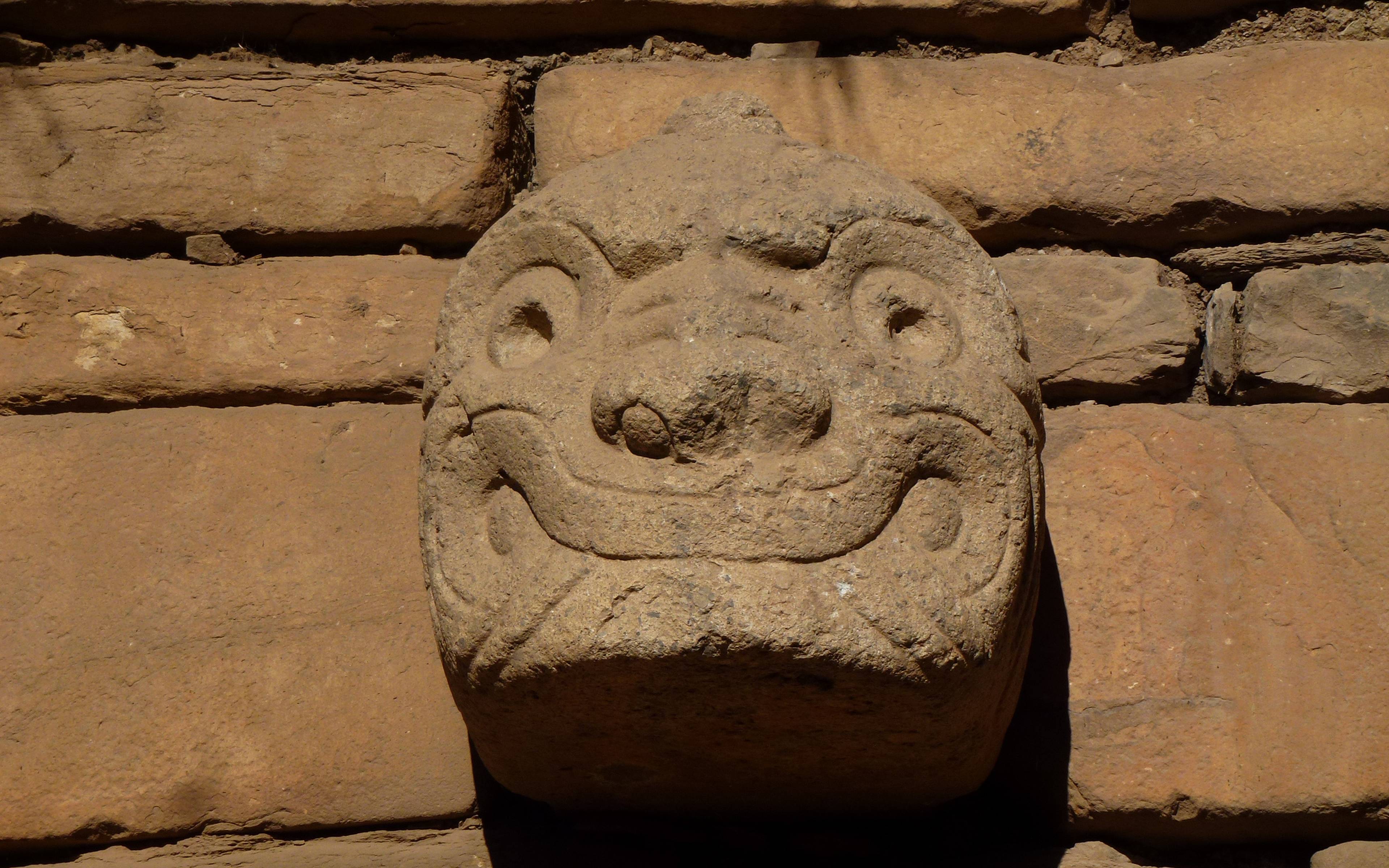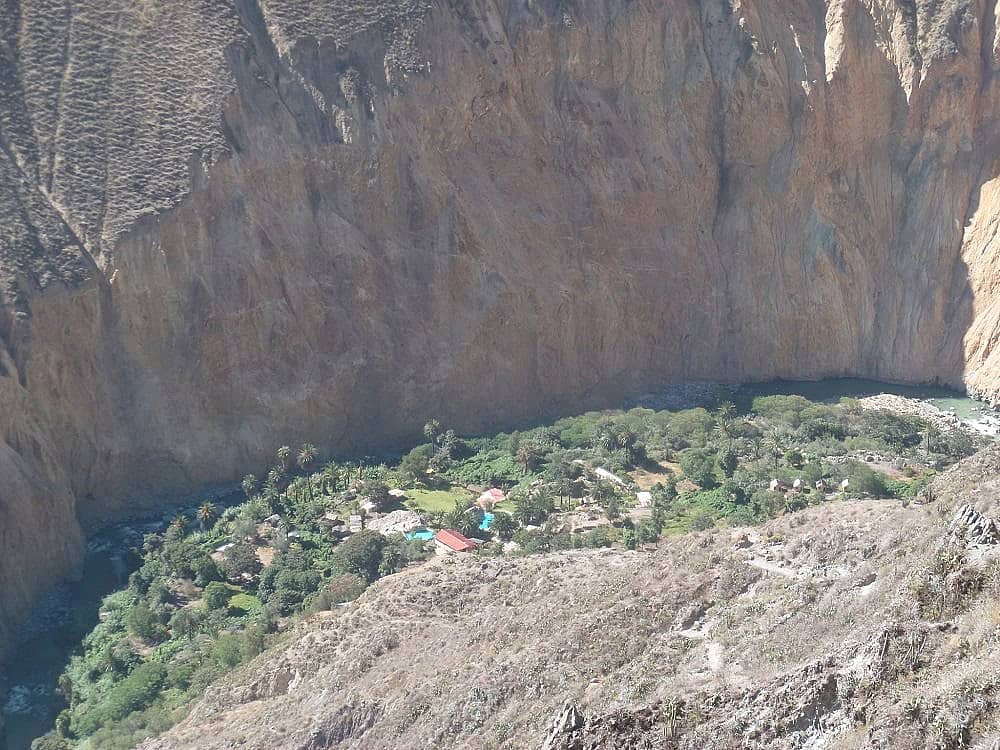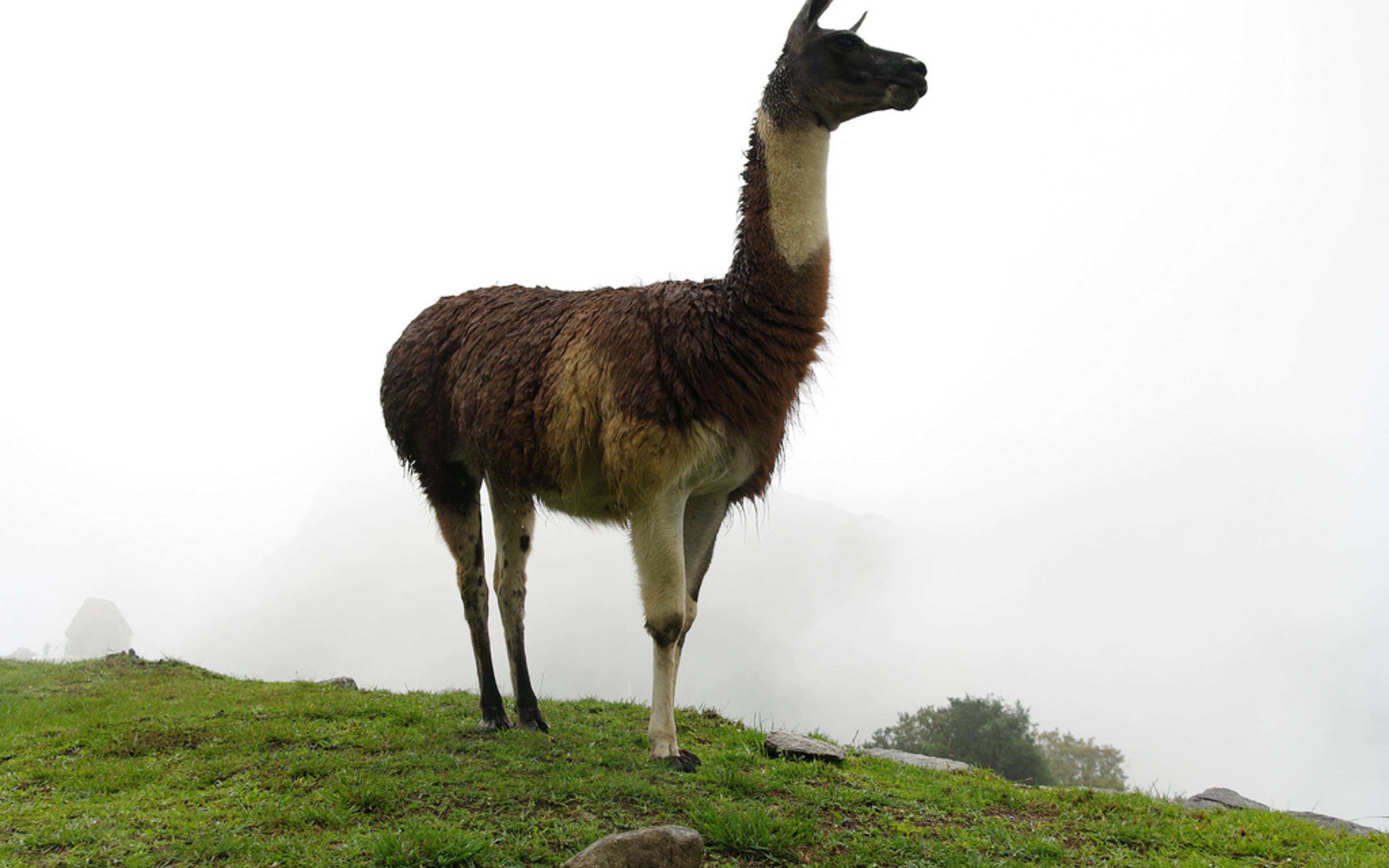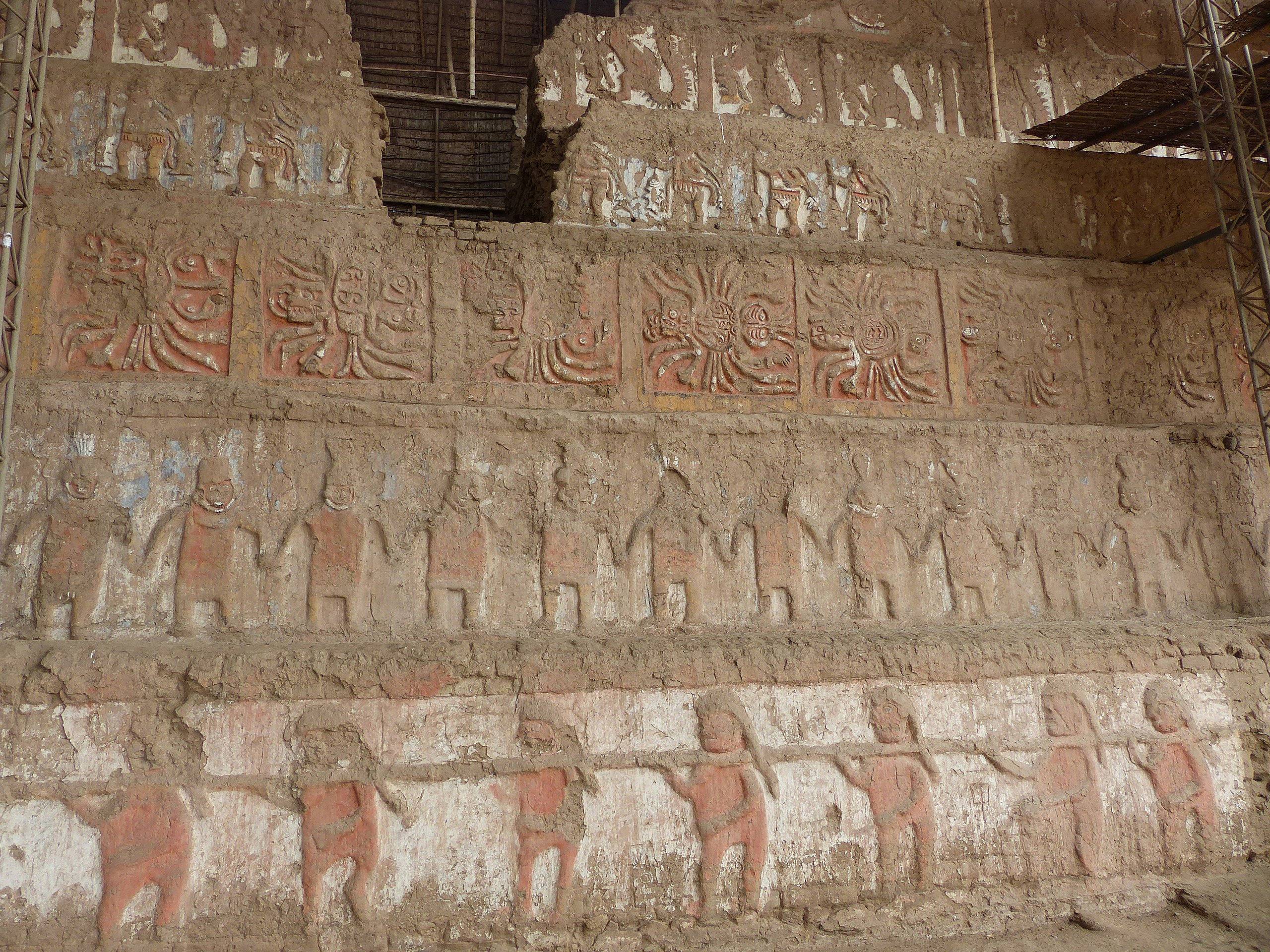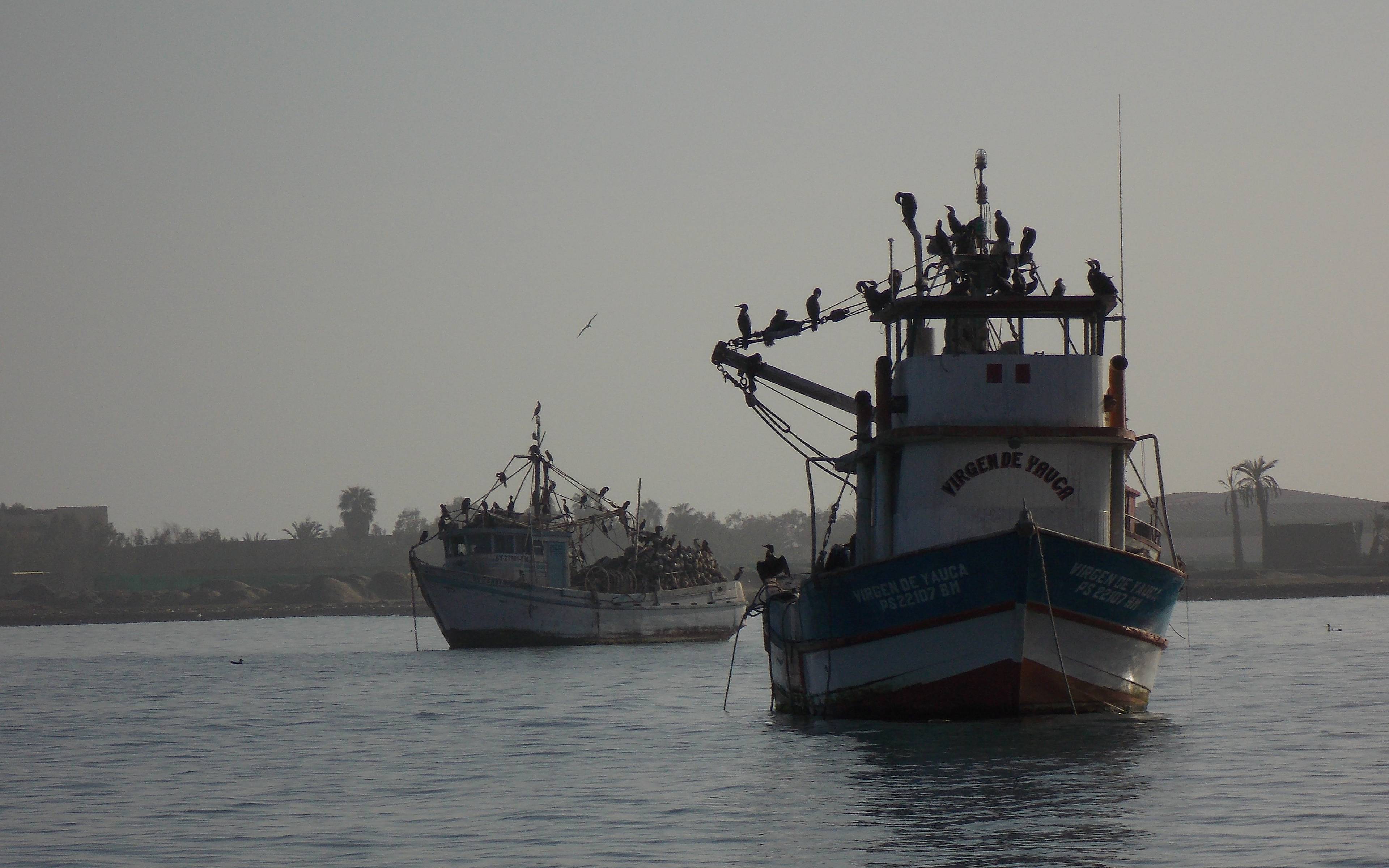Best places to visit in Peru
A trip to Peru is an opportunity to immerse yourself in indigenous South American culture by visiting legendary sites such as Machu Picchu and Lake Titicaca. Sample guinea pig meat, stay on floating islands, follow in the footsteps of the Incas, go for dune buggy rides in the sand dunes or horse rides through the canyons: there are lots of surprises waiting for you in the land of Pachamama, a popular tourist destination that is fully deserving of the enthusiasm it generates.
Though it is possible to race round and see all the essential things the country has to offer in the space of two weeks, you will undoubtedly want to get off the beaten track as well. Read what Evaneos' experts have to say for advice on how to do this. They have each spent a lot of time in the country and are able to provide personal anecdotes and practical tips in support of their reviews.
When you arrive in Lima, head first of all to the Pacific Coast to see and admire the famous Candelabra at Pisco, go sandboarding in Ica, and take a flight tour over the Nazca Lines. From there you can easily get to Cusco and the Sacred Valley, the highlight of which is of course Machu Picchu, one of the New Seven Wonders of the World. To reach it, either trek the Inca Trail or get from one archaeological site to the next using first the buses then the trains.
When visiting the city of Puno, spend some time on the islands of Isla Amantani and Isla Tauquile in Lake Titicaca, the highest navigable lake in the world. Then head on to Arequipa, the White City, and go trekking in the Colca Canyon.
A visit to Iquitos, in the Peruvian Amazon region of the north of the country, offers the opportunity to meet and encounter native indigenous people and Peruvian shamans, and for mountain climbing afficionados there are the ascents of some of the highest summits in the Andes to tackle.
As you have no doubt now realised, visiting Peru is not at all about taking things easy and relaxing, and you will return from the country with a head full of amazing memories. Don't waste another second and start planning your itinerary right away by browsing the Evaneos website.
